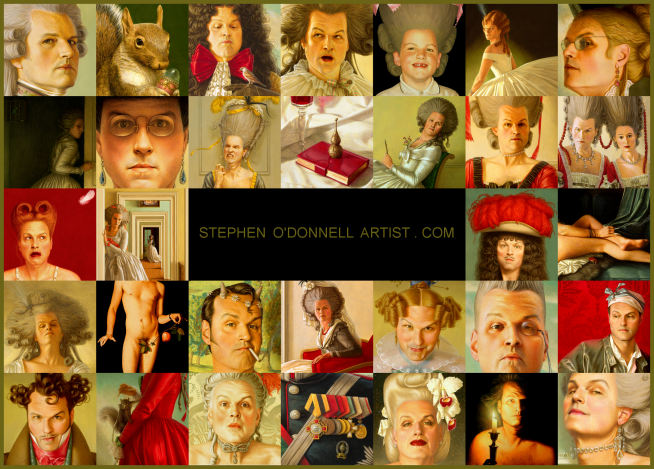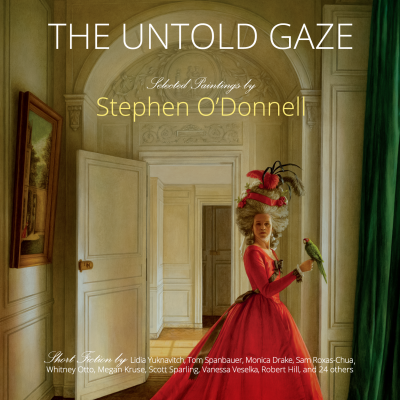 |
| Infanta María Isabel Francisca de Asís de Borbón, Princess of Asturias, daughter of Queen Isabel II of Spain, by Vicente Palmaroli, 1866. |
In the middle of the nineteenth century, as the production of pigments and dyes became ever more sophisticated, both fashion and painting were greatly impacted. From the Fifties and Sixties, particularly, with the invention and popularity of synthetic dyes, we begin to see in contemporary portraits a general brightening of color. Especially noticeable are ladies' dresses featuring strong and clear mid-range blues and blue-greens; the very fashionable cerulean blue - a cobalt derivative - was first marketed in 1860.
 |
| Queen Alexandra when Princess of Wales, by Franz Winterhalter, 1864. |
 |
| Joséphine-Éléonore-Marie-Pauline de Galard de Brassac de Béarn, princesse de Broglie, by Jean-Auguste-Dominique Ingres, 1851-53. |
 |
| Princess Margherita Maria Teresa Giovanna di Savoia, later Queen Consort of Italy, by Michele Gordigiani, 1870. |
 |
| The Empress Eugénie, by Franz Winterhalter, 1857 - the "chapeau de paille" portrait. |
 |
| Josefa Manzanedo e Intentas de Mitjans, later II marquesa de Manzanedo, by Jean-Louis-Ernest Meissonier, 1872. |
 |
| Countess Varvara Alexeievna Musina-Pushkina, by Franz Winterhalter, 1857. |
 |
| Princess Margherita Maria Teresa Giovanna di Savoia, later Queen Consort of Italy, by Eleuterio Pagliano, 1870. |
 |
| Amalia de Llano y Dotres, condesa de Vilches, by Federico de Madrazo y Kunz, 1853. |




Very interesting how an invention (albeit something as lowly as fabric dye) can have an impact on so many aspects of life.
ReplyDeleteThank you for the portrait of Princess Margherita Maria Teresa Giovanna di Savoia, later Queen Consort of Italy, by Eleuterio Pagliano, 1870. The resemblance to portraits of Marie Antoinette is remarkable, though not surprising, given that she was a great, great, grand-niece of MA through both her father and her mother's lines each of whom is descended from one of Marie Antoinette's sisters, Maria Carolina and Marie Amelie of Austria. Photographs of Queen Margherita show us how Marie Antoinette may have looked, especially had she lived longer.
ReplyDelete